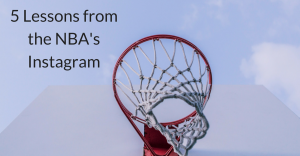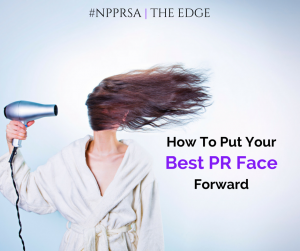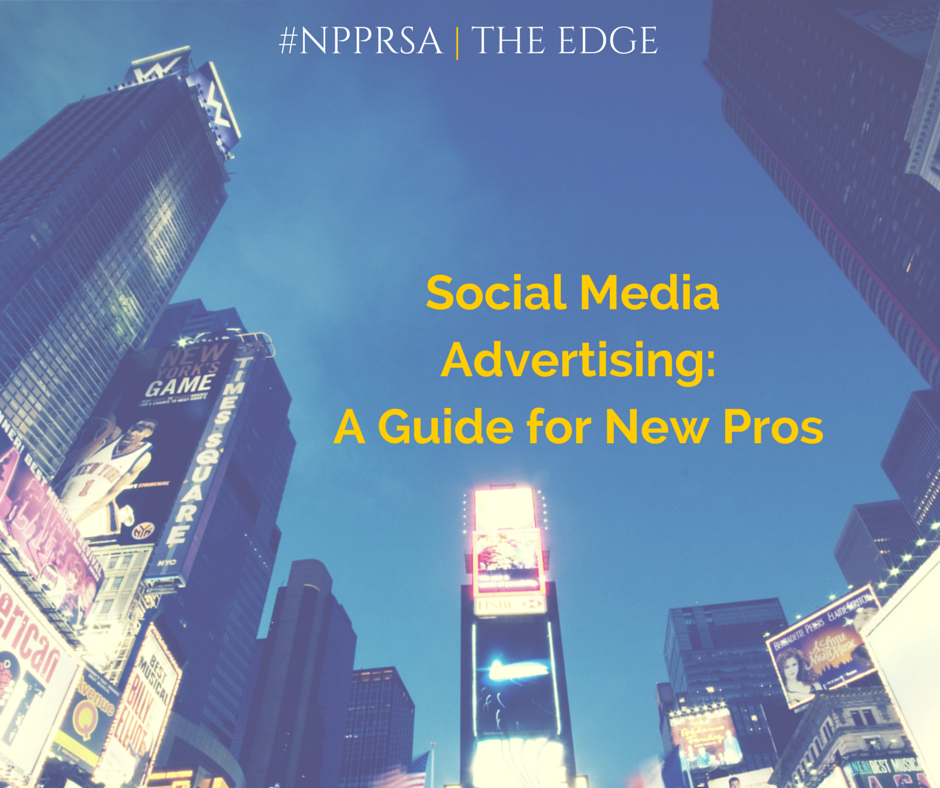 First and foremost, let me say that this blog post will not include recommendations on the number of hashtags to use when posting for a client or brand. We can all agree that’s common sense by now, right?
First and foremost, let me say that this blog post will not include recommendations on the number of hashtags to use when posting for a client or brand. We can all agree that’s common sense by now, right?
Consistently the NBA’s Instagram account ranks above its counterparts (NFL, MLB, etc.) using video as ranked by AdWeek’s weekly chart. As a result, I decided to investigate what lessons social media managers (especially new pros handling social accounts!) could learn from the NBA’s Instagram presence and implement into their own strategies for clients.
1. Embrace video: If you’re a social media manager, and have yet to embrace creative and novel ways to utilize the 13-second video clips on Instagram, shame on you!
No, but really. The NBA captures its audiences’ attention with the ever popular slam dunks, slow motion clips using #PhantomCam, and teasers of player profiles from NBA TV.
- Takeaway: Use video on Instagram to its fullest extent. The platform recently rolled out the new update that puts videos on auto-loop (GLORIOUS news!), so use those 13 seconds wisely to tell your client’s story in a creative manner.
2. Play to your followers’ nostalgia: Ask any sports fan, and they could tell you that Michael Jordan is one of, if not THE greatest basketball player to ever step foot on the court.
That’s likely why a photo posted asking fans: “If MJ played today, _____ would be his rival” garnered more than 24,000 comments and 166,000 likes.
- Takeaway: People by nature are drawn to feeling nostalgic. Understand what makes your audience tick, which in part alludes to the next point. If you’re a style brand, take the opportunity to reminisce with your Instagram followers about Audrey Hepburn donning the beautifully crafted Givenchy LBD for the first time on-screen. Manage a hotel’s social media channels? Take your followers down memory lane with a great moment in the property’s history.
3. Know your audience: The NBA knows that its followers aren’t just interested in seeing a ball put through a net. There’s a culture that comes along with it, which includes style.
Try to name the number of professional players that have their own shoe line. I’ll give you a hint: It’s a lot.
This goes to show that followers will be interested in the players’ footwear and apparel. Throughout this year’s All Star game, followers saw not only highlights from the game but a plethora of players’ shoes for the night, using #AllStarKicks.
- Takeaway: This can come from a series of tests or by simply knowing the demographic of your audience, but recognize their likes and dislikes, and more importantly, their interests outside of your brand. Find what appeals to them without shoving your own product down their throats. A photo of a large plate of meat likely won’t resonate with a vegetarian restaurant chain’s followers. A photo with an inspirational quote about getting outside and stepping beyond your comfort zone would.
4. Consistency: Take a look at the NBA’s Instagram account. You’ll notice a cohesive theme throughout its images and videos.
Now, this isn’t typically how followers consume content on Instagram, but it allows them to easily distinguish a new post from the NBA in their feed.
- Takeaway: Set yourself up for success by ensuring your followers instantly recognize your brand’s Instagram posts (Click to Tweet!). Apply consistency throughout, whether it be choosing certain filters, using the same color scheme, including your brand logo in the same location for every photo, etc.
5. Build anticipation: Perhaps Taylor Swift did it best and served us all a dose of her amazing-ness (and her PR savvy!) with the build-up to her new album, 1989. But the NBA sure knows how to do it and do it well, too.
Posting videos from previous Slam Dunk contests, including this one from Vince “Vinsanity” Carter, in addition to cryptic messages about a secret performer during halftime helped build buzz and attention for the annual event.
- Takeaway: Catch the attention of your followers by giving them a sneak peek or preview of what’s to come, whether it’s a big event (like the All Star game) or a new product launch. Get them talking about you before the big day and you’ll have them waiting with bated breath.
To use Instagram well, you have to think outside the box. To use Instagram to its full potential, you have to ramp up your visual savvy. Here are a few visual tools you can adopt that will make your posts a – wait for it – slam dunk.
—
 Shandi Huber is a senior account executive at Wordsworth Communications, a public relations agency in Cincinnati, Ohio. An enthusiast for all social media platforms, you can often find her pinning her dream closet on Pinterest or posting photos of her new puppy on Instagram. Connect with Shandi on LinkedIn and Twitter (@shandihuber).
Shandi Huber is a senior account executive at Wordsworth Communications, a public relations agency in Cincinnati, Ohio. An enthusiast for all social media platforms, you can often find her pinning her dream closet on Pinterest or posting photos of her new puppy on Instagram. Connect with Shandi on LinkedIn and Twitter (@shandihuber).







